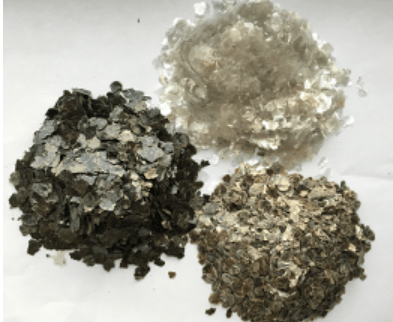Science of Light & Pigments
What is light?
Light is electromagnetic radiation within a certain portion of the electromagnetic spectrum. The word usually refers to visible light, which is the portion of the spectrum that can be perceived by the human eye.
How do our eyes perceive colours?Due to refraction. White light is broken up and divided into its components. The greater the difference between the refractive indexes of the adjacent materials, the stronger the refraction. The light is either completely reflected or pass through unchanged depending on the angle which the light hits the boundary layers.
Types of pigments
I. Absorption pigments represent “true” colours just like watercolour paints. They absorb part of the light that hits them and scatter the rest which gives them their own body colour.
II. Metallic pigments reflect almost all the light which gives them great surface luster and gives a “dazzling” effect.
III. Effect (pearl) pigments: A key feature of the classic pearl effect pigment is the difference in colour between the share of the incoming light which is reflected by the pigment and the share of light completely passing through. The colour of the transmitted light is complementary to the colour of the reflected light. For example, a red reflection colour goes with a green transmission colour, while yellow and blue form another pair of reflected and transmitted light.
What is the nature of pearl pigments (micas)?
Mineral mica is a natural inorganic pigment. It is the starting material for some of effect pigments. When extracted, it is cleaned, ground, then coated with metal oxides. As the result, a layer-substrate pigment that interacts with light and provides a specific colour effect depending on the thickness of the metal oxide. A wide variety of effects can be achieved, from a matte pearl effect to a highly shimmery pearl effect that reflects all colours of the rainbow.
Few things are as versatile and colourful as pearlescent pigments. Thanks to their particular layered structure, light is reflected at different levels in the pigment. The reflected waves interfere with each other, causing amplification or cancellation. Depending on the structure of the layers in each case, this effect creates the brilliant interference colour that gives the pigments their unique character.
Since effect pigments happen between the substrate (natural mica) and coating, different pigment effects can be achieved with other substrates of similar properties. By coating these substrates with metal oxides, completely new effects can be achieved, far beyond the options offered by natural mica. These innovative substrates include synthetically produced aluminum oxide (Al2O3) platelets, silicon dioxide (SiO2) platelets, and glass platelets made from calcium aluminum borosilicate.
Dr.TWL Custom Makeup Lab uses pure mineral pigments FDA-approved for eyes and lips with zero bulking agents or fillers for its lip, eye and cheek formulas. For the cream blush formula, a proprietary botanical seed oil blend is used as a stabilizer and for its anti-oxidant effects. 100% synthetic ingredient/chemical-free makeup formula.











Leave a Reply
Want to join the discussion?Feel free to contribute!